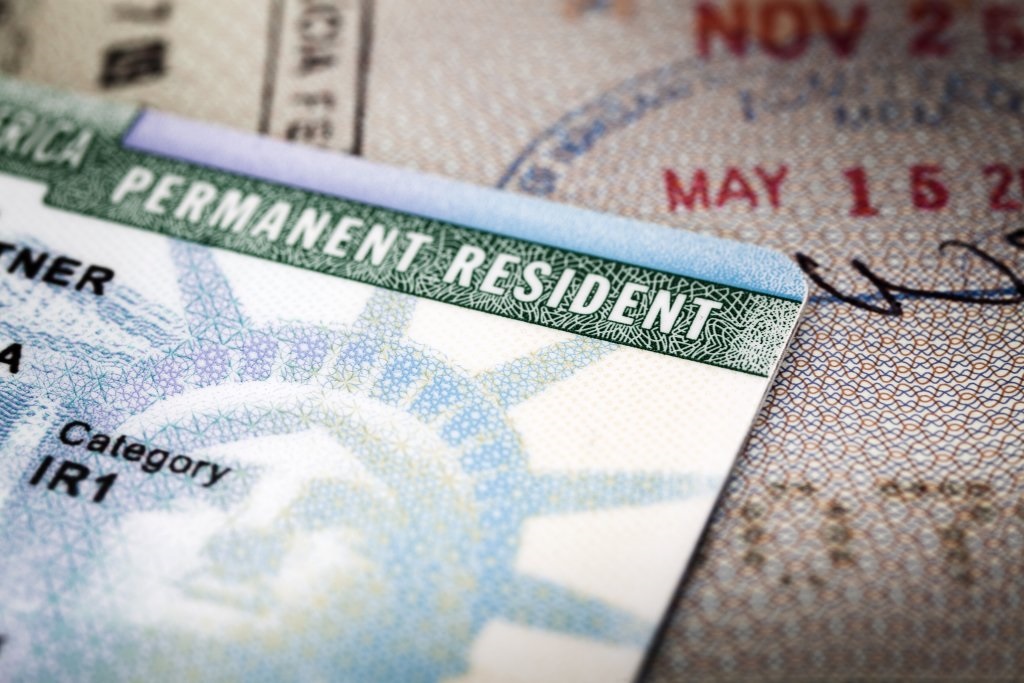
Costs of work visas and green cards have gone up in the US
Applying for a work visa or green card is already very expensive. New prices, including some very high ones, came into effect on April 1.
U.S. Citizenship and Immigration Services hasn’t collected much money in more than seven years. Unlike other institutions, the majority, or 96%, of its funding comes from grants, with 4% coming from Congressional appropriations.
During the Covid-19 pandemic, the number of immigrants dropped and incomes dropped by as much as 40 percent at one point, according to USCIS. While the agency implemented layoffs during the pandemic, other positions became vacant as employees left. However, the number of cases has increased to epidemic levels and now there are serious delays.
“The fee schedule from 2016 no longer covers operational costs to timely adjudicate USCIS immigration and naturalization benefits,” USCIS stated on its website. “We need higher fees to cover the cost of doing business and better avoid the accumulation of future backlogs.”
Employers of foreign workers and immigration attorneys who work with these agencies are closely monitoring the wage increases announced by the federal government last year.
“We’re not talking about a one percent or two percent increase,” said Stephanie Pimentel, a partner and principal in the Dallas office of BAL, a global immigration law firm. “If you combine the base increase with this new additional money spent on each new feature request, you’re looking at a doubling and up to a 300 percent increase.
The Visa extension went into effect despite efforts by USCIS to prevent it from implementing it. Late last week, a district court judge denied a request from a group of employers and other plaintiffs who sought temporary relief before April 1.
Amendments increased the H-1B visa application fee from $460 to $780 and the H-1B registration fee from $10 to $215.
One of the biggest changes is the $600 Refugee Program fee that must be paid when completing the job application.
“This is a new tactic from USCIS in terms of determining their money: getting American companies to pay to cover the cost of the asylum program. I don’t know if I would agree with all the companies,” Emily Neumann said. , an immigration attorney at Reddy & Neumann, P.C., in Houston.
Neumann blogs about immigration under the name Immigration Girl and collaborates with weekly videos on social media.
Law firm BAL surveyed employers about the new money from the feds and found that more than half of respondents, 57%, said the increase would have no impact on their ability to make a living.
Pimentel says this is more likely because companies that know other employers of foreign workers will have to pay the same amount.
“Yet 43 percent say the impact on their ability to compete with the world is significant,” Pimentel said. less or less profit.
Some of these benefits involve the employer paying dependents of its employees to stay in the expanded country. Others may pay higher processing fees to expedite employee requests. However, in the new payment system, some employers can no longer afford this and leave it to their employees.
Another change concerns those who want to get a green card or change their status. The asking price is currently $1,440, up from $1,225. And USCIS adds two additional fees to these programs: one for issuing a temporary work permit and another for issuing a temporary work permit.
All Categories
Recent Posts
Tags
+13162306000
zoneyetu@yahoo.com



